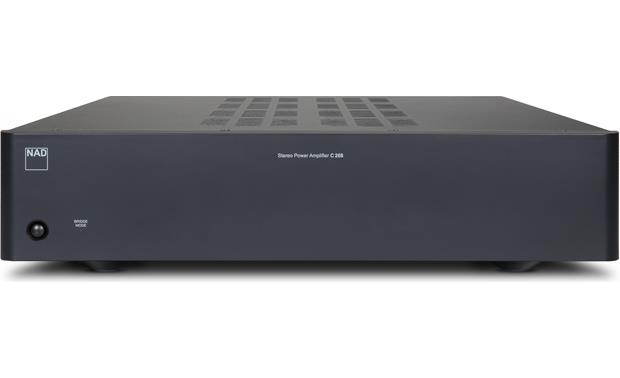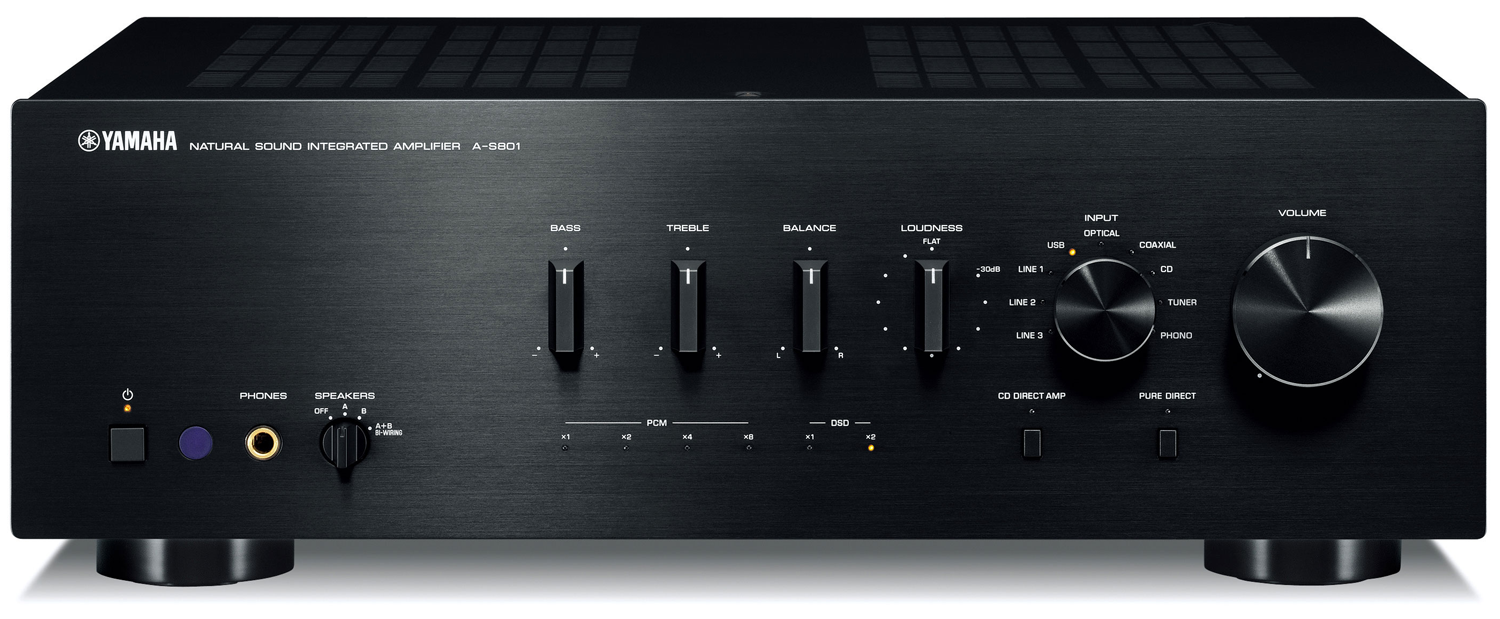When building a home audio system, users often wonder – what is better to choose for the best full sound: an external amplifier or a device with an integrated amplifier. And therefore, users are compare integrated amplifiers and separate amplifiers. And since both devices perform similar functions, you need to look at them more globally.
Power amplifier

A power amplifier is a device that receives a signal, amplifies it and reproduces it into speakers. Different models can have power from 2 Watts to more than 1000 Watts and operate with an impedance of 2 Ohms to 16 Ohms. Power amplifiers are the preferred signal amplification method for professional musicians, audiophiles and audio engineers.
The benefits of a separate power amp are also simple: you get a separate device. Such a solution makes it possible to upgrade one part of their system: it depends on the right switching and the user wants more power, or the user has enough power but needs the support of new inputs. A power amp does generally offer better quality and having two separate power supplies can reduce the internal interference that can have an impact on your signal.
The main advantages of the separate power amplifier
- Provides more ability to fine-tuning
- Allows for the mixing and matching of various manufacturers
- The sound processor has its own power supply so low powered components are shielded within
- There is more freedom in the selection of speakers as they are not limited based on the amplifier’s capability
Integrated amplifier

Integrated amplifiers have a power amplifier integrated with other components, typically preamps, a switch, and a radio tuner. Such devices are commonly referred to as receivers and are the preferred signal amplification method for a typical consumer. Power amplifiers can also be integrated with mixers, creating a very versatile and convenient tool for a traveling musician. As a rule, built-in amplifiers are less powerful (you can rarely see more than 500 Watts) and are able to work with a narrower range of speakers (8 Ohms is the norm). Car stereo systems are also considered built-in amplifiers.
The benefits of an integrated amplifier are simple: you get one box that does everything. They are a solid choice when you’re looking to have a cost-effective way to power your speakers, and–in the case of the multi-zone-capable integrated amplifier (or home theatre audio video receiver)–to serve more zones.
The main advantages of the integrated amplifier
- Matches and balanced by the manufacturer
- Has fewer interconnects, which also means fewer cables
- Has both the pre- and power amplifiers in the same housing, and are matched for maximum compatibility
- Better suited for limited space or small to mid-size room




